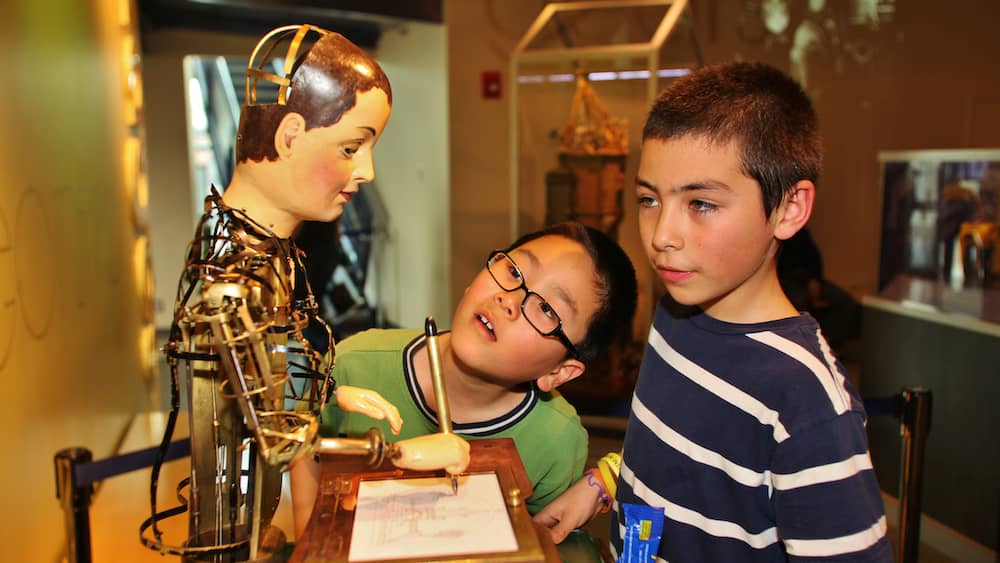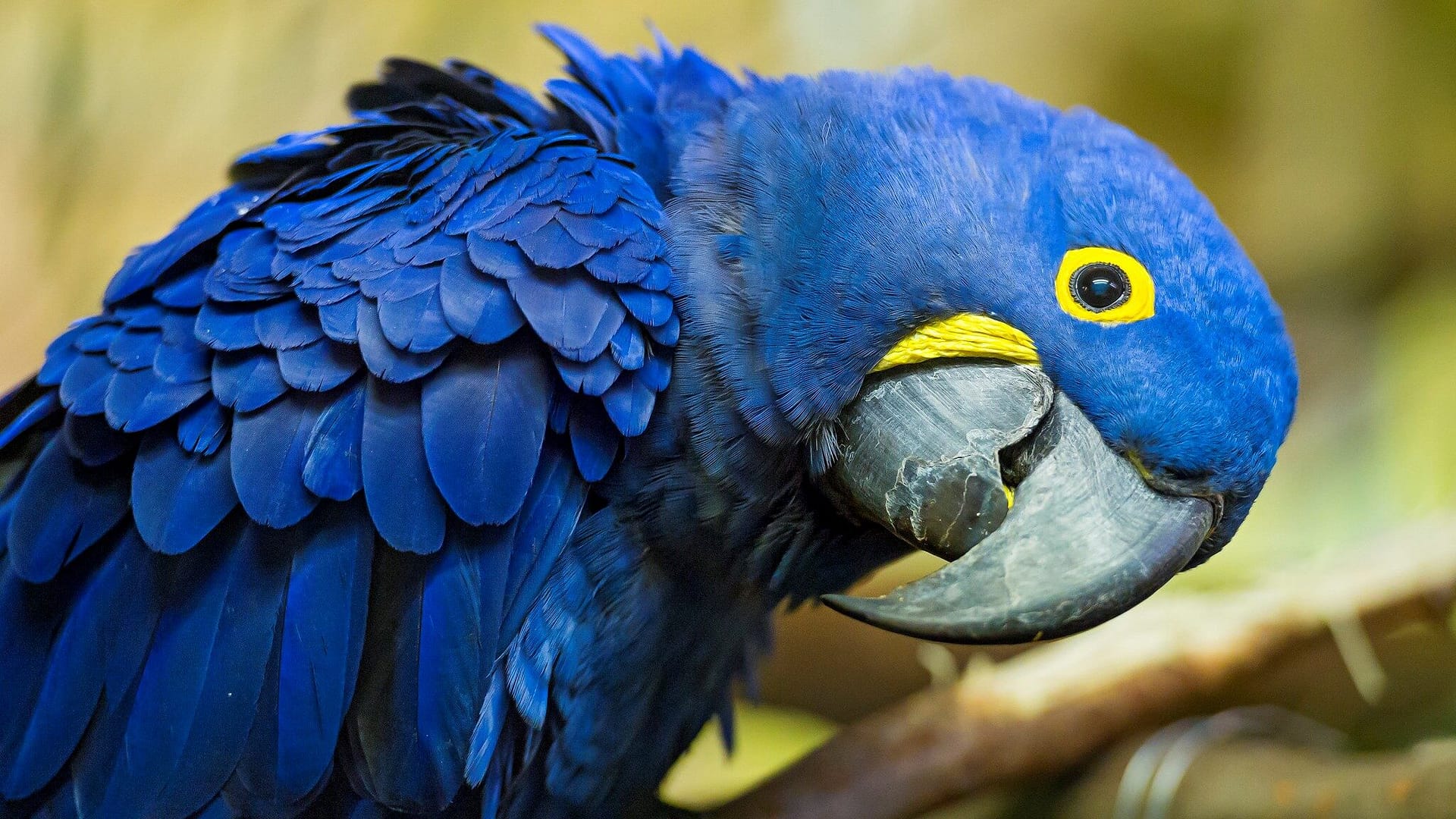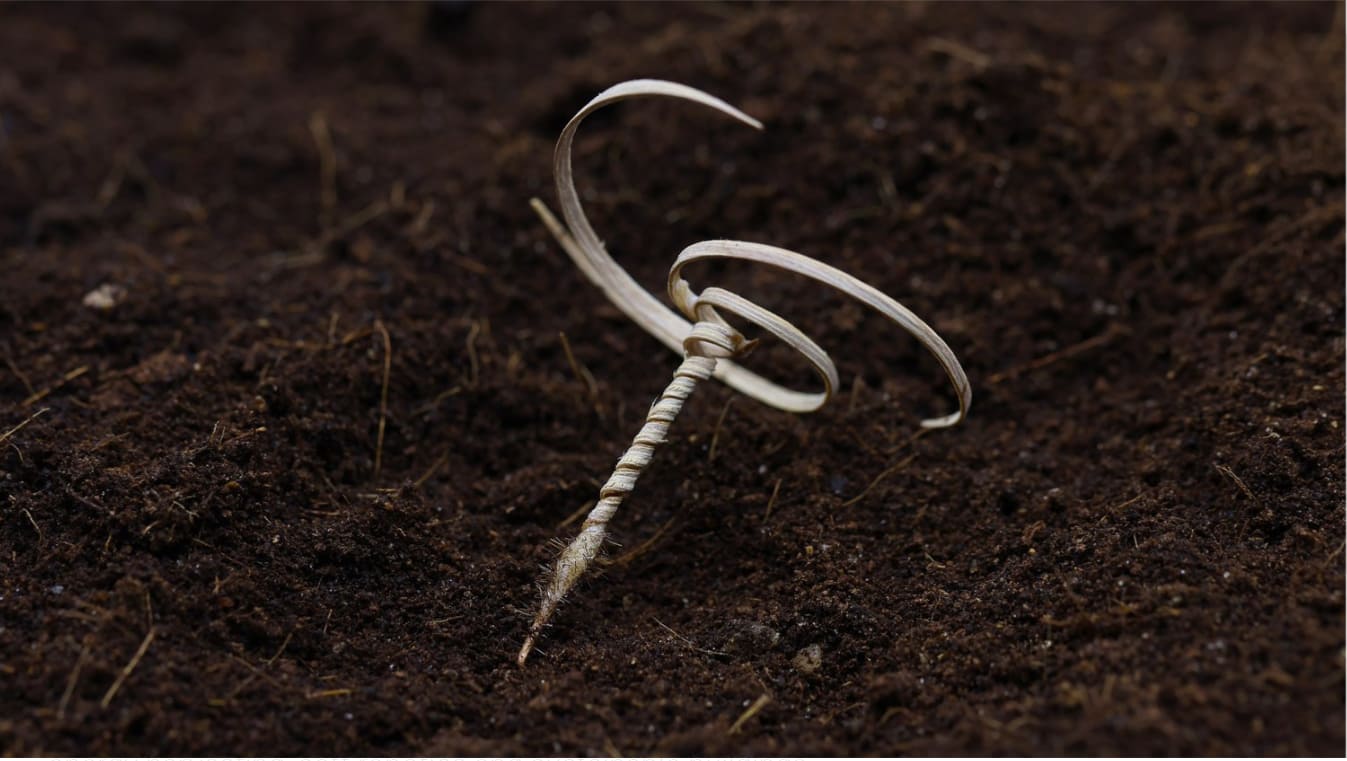Have you ever had an idea that lost steam, only to rediscover it’s true magic years, or maybe decades later? Sometimes a stroke of genius just needs a little time to fully develop, and that’s exactly what we are about to discover today…in the form of a bizarre, antique curiosity; the automaton. Prepare to be mystified by an ancient art form that has been puzzling tinkerers and engineers for hundreds of years. You may just walk away inspired by an almost forgotten, but totally brilliant idea…
Humans are creatures of pattern, and this can sometimes be a wonderful thing! As we run into obstacles, we have the ability to look into the past for clues on how we can course correct and improve the future.
Having said that, what can we learn from a mechanical humanoid that can draw, write poetry, or perform magic tricks?
Let’s find out! But first, we need to start at the beginning…

What in the world are automatons?
Starting back in the mid-8th century, watchmakers created moving statues that imitated living objects. These creations were designed to show off the skills of the maker, and arouse interest with their striking appearance. These machines inspired awe and surprise through the magic of their seemingly spontaneous movement. Their lifelike gestures were made possible using metal levers and cams (rotating sliding pieces), which captivated anyone who caught a glimpse!
Automata were some of our earliest robots with a history spanning back to ancient Greece and China. See the wonder with your own eyes by watching this short video from The Good Stuff. They introduce us to some of the oldest known automata in history, and explain how our fascination with these machines has lead to our modern day view of technology.
Love that video? You can see more from The Good Stuff over on their YouTube Channel.
How does the other-worldy magic of the automata translate to our lives today?
Like the clockwork of repeating trends in culture, this art form of automata is experiencing a bit of a modern day resurgence. Toy makers, crafters, musicians, and even software developers are taking inspiration from these early mechanical beings.
According to Wikipedia, the literal definition of an automaton is: “A relatively self-operating machine, or control mechanism designed to automatically follow a properations or respond to predetermined instructions.” Sound familiar? Sure sounds a lot like something we use today on a daily basis…Google, anyone? Here’s a podcast episode by Slate that even dives into how a specific chess-playing automaton led to the algorithms used by big tech firms to this day.
Disney’s Imagineers were also inspired by automata when they were building their signature animatronics for their theme parks!
Can’t get enough of these mesmerizing machines?
You can see these remarkable works in person by visiting the Amazing Machine exhibit Philadelphia’s Franklin Institute. Additionally, you can watch the movie “Hugo”, which was inspired by an incredible automaton at the Franklin Institute created by French maker, Maillardes. Watch the trailer for “Hugo” here.
But back to those early ideas we were talking about…
When a good idea hits, it’s not always the best it can be, yet.
Sometimes you need to come back to it with fresh eyes and a renewed sense of enthusiasm. Can a songwriter use a poem they wrote as a teenager as lyrics for their next album? Sure! Could an elementary school science project inspire the next big thing in innovation? Why not?!
Who knows…perhaps years from now you will revisit this article and it will remind you of your own stroke of genius that has been quietly tucked away in your brain for a while. The key is to get curious about those secret ideas that we tend to lose to time. Don’t allow them to slip away, simply revisit them later on and let the possibilities unfold.
Keep dreaming and notice the beauty around you!
~Renee








